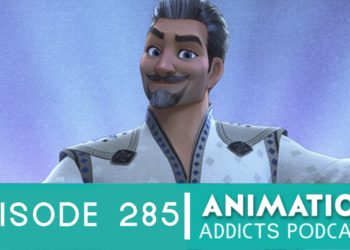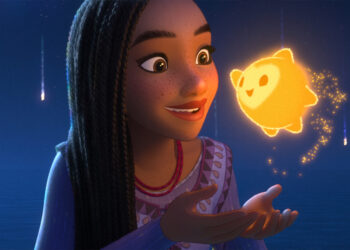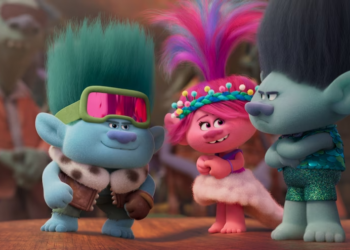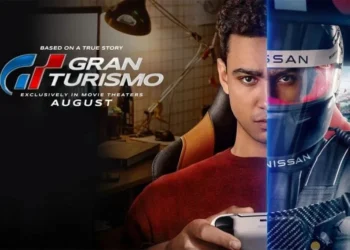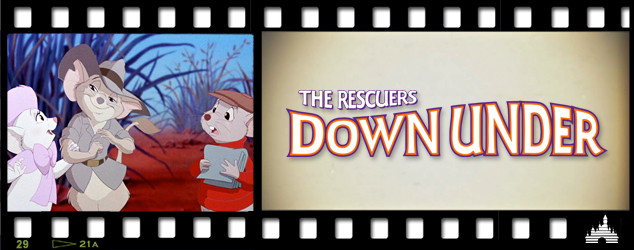
In the family of films that is the Disney Renaissance, The Rescuers Down Under is the loose-cannon, black-sheep uncle. It’s not a musical; it doesn’t feature a princess, a misunderstood hero, or a superhuman being; it relies heavily on celebrity voice casting. In all these ways, The Rescuers Down Under finds itself in a unique position: it’s in the Renaissance without really being a part of it.
You guys know me, though; I love underdogs. Therefore, naturally, The Rescuers Down Under is one of my favorite Renaissance films! I love everything about it: the likable characters, the Indiana Jones-esque plot, the rousing score, the zany comedy… all of it. In fact, I’d say it’s one of the few sequels that’s better than the original film.
Well, enough gushing from me. Let’s talk about the movie itself!
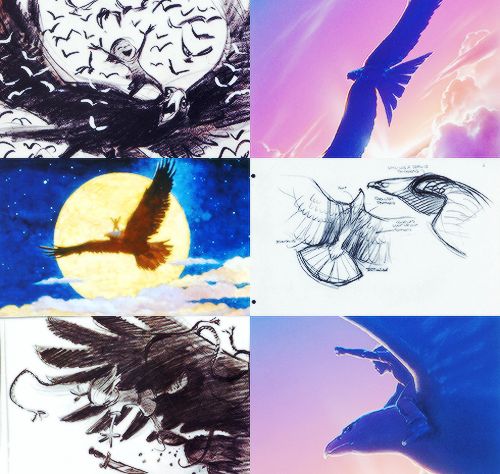
The Rescuers Down Under‘s story process began in 1986, but things didn’t really get rolling until after Oliver & Company. At that time, Peter Schneider, VP of Disney Animation, went on a major recruiting spree, calling Mike Gabriel and Hendel Butoy as co-directors, Thomas Schumacher as producer, and Joe Ranft as head of story. While all of the crew made major contributions to the film, Joe Ranft proved to be especially invaluable, constantly boosting the morale of the crew and going to bat for the film against meddling execs. Ranft didn’t win every battle, but he was instrumental in keeping the film alive.
Gabriel and Butoy originally intended to make The Rescuers Down Under a musical. They decided against it, however, when they discovered that the songs hindered the story. They retooled the project into an action-adventure film. Gabriel and Butoy also decided to be extra-ambitious with the visuals, citing legendary directors Alfred Hitchcock, Orson Welles, and David Lean as their inspirations.
Voice casting proved to be relatively easy, with Bob Newhart and Eva Gabor returning to reprise their roles as Bernard and Miss Bianca. The production scored a major coup when they persuaded the legendary, Oscar-winning actor George C. Scott to lend his voice to Percival C. McLeach, the film’s villain. Unfortunately, Jim Jordan died before he could reprise his role as Orville, but the film did manage to secure the great John Candy as Orville’s brother, Wilbur.
Most of the animation process proceeded as it would have with any other film, with only one historical milestone along the way: The Rescuers Down Under was the first Disney Animation film to be inked-and-painted entirely by the then-new CAPS computer system. In a way, this fact makes the film one of Disney’s first Pixar films, since CAPS was a Pixar-developed system! (Okay, not really. It’s a fun factual tidbit, though!)
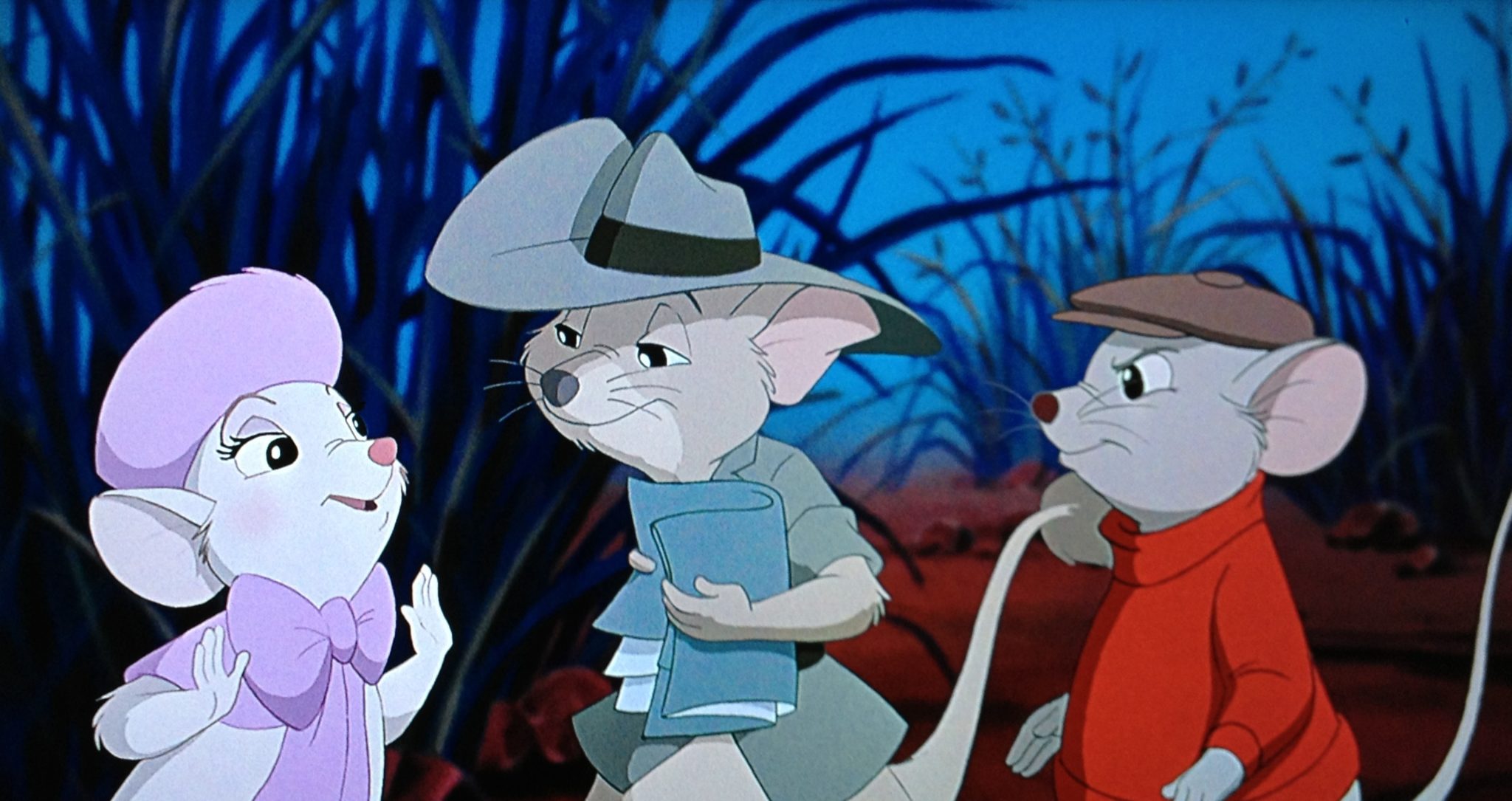
After rescuing the magnificent golden eagle Marahute from a poacher’s trap, a young boy named Cody (Adam Ryen) lands himself in another trap. This trap has been set by McLeach, a particularly notorious poacher, and his pet, the huge-but-stupid lizard Joanna. McLeach notices the feather that Marahute has gifted to Cody and latches onto it immediately; you see, McLeach has been pursuing the eagle for quite some time. McLeach realizes that Cody knows where the eagle is and kidnaps the boy.
Fortunately for Cody, the Rescue Aid Society Radio Network extends to the Australian Outback. A distress signal is relayed to New York City, where Bernard is sharing a romantic dinner with Miss Bianca. Bernard has finally worked up the courage he needs to ask Bianca to marry him, but he’s interrupted when the two are invited to rescue Cody. The two depart on the wings of Wilbur and arrive in The Land Down Under the next morning. Much to Bernard’s dismay, however, they’re met by Jake, an Indiana Jones-esque field mouse who immediately falls in love with Bianca. (Meanwhile, much to Wilbur’s dismay, he throws his back out and is sent to the most dangerous hospital in the world.)
Jake knows all about McLeach (as does every animal in the area), and he agrees to guide Bernard and Bianca to his lair. Thus, three stories begin: Bernard, Bianca, and Jake questing to McLeach’s home, Cody attempting to escape from McLeach’s clutches, and Bernard trying to propose to Bianca, even in the face of Jake’s charm.
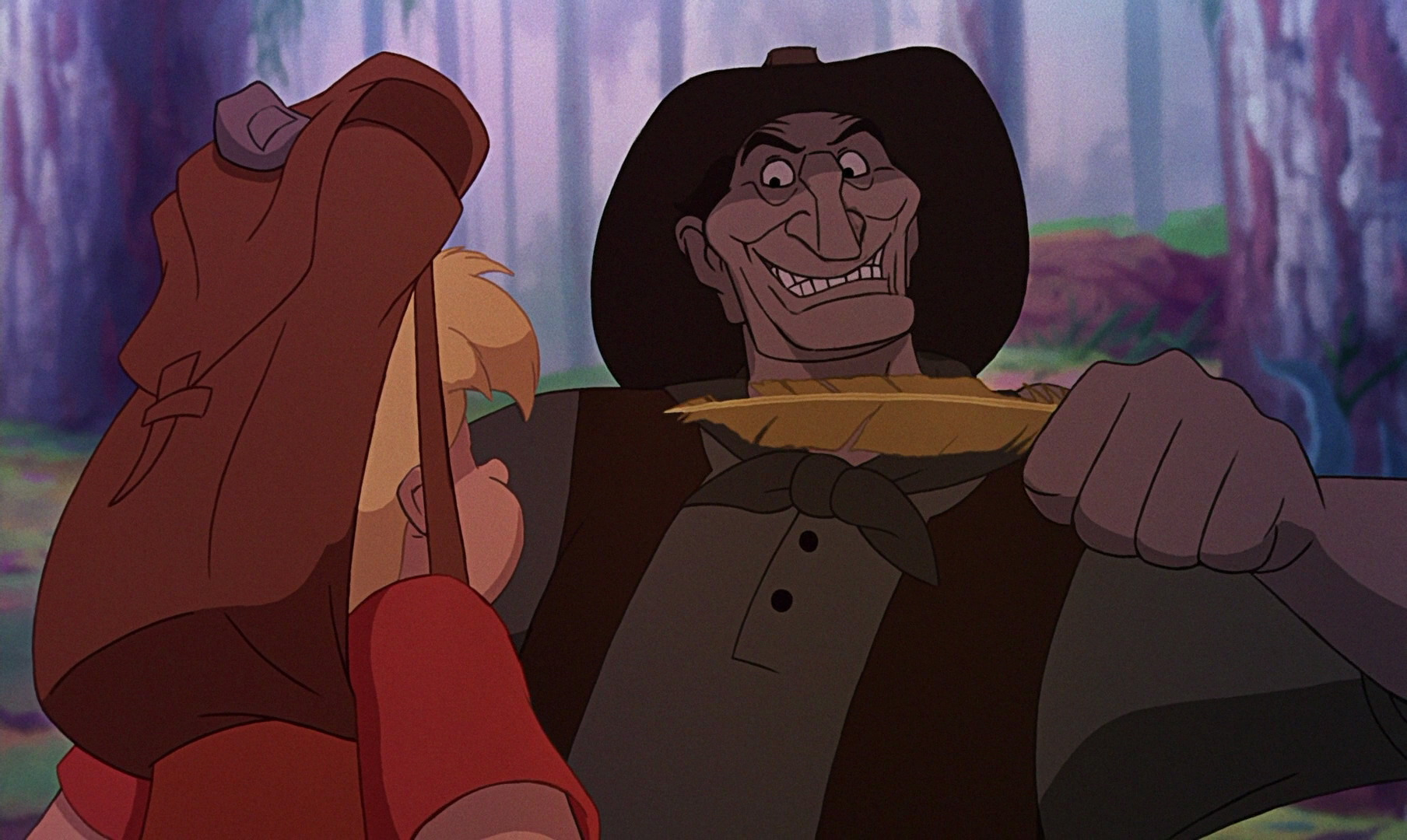
When I think about The Rescuers Down Under, the first thing I remember is how BIG the movie looks. When the filmmakers talked about using Lean, Welles, and Hitchcock as influences, they weren’t just throwing famous names around. Each of the filmmakers’ influences can be seen in the finished film: Lean’s large, expansive Cinemascope shots, Hitchcock’s evocative way of lighting scenes, and Welles’s inventive staging and blocking. The classic-film influences help give The Rescuers Down Under a look that’s different than any other Disney film!
Speaking of classic films, the influence can even be seen in the characters; McLeach’s mannerisms and maniacal nature are based on George C. Scott’s earlier character in Stanley Kubrick’s Dr. Strangelove. McLeach is a particularly intimidating villain, but, really, all of the characters are strong and likable! Bob Newhart’s Bernard is the same insecure-but-likable mouse he was in the first film, and Bianca is still the classy, kind lady she’s always been.
The new characters are equally strong. I must admit that I didn’t like Jake’s character at first; he was a little too cocky for my liking. However, by the end of the film, he proves to be a resourceful, kind, decent fellow! However, whenever Wilbur appears onscreen, he upstages everyone else. John Candy’s comic genius shines through every line he delivers, and the animators did amazingly well translating Candy’s warm, likable nature into the character!
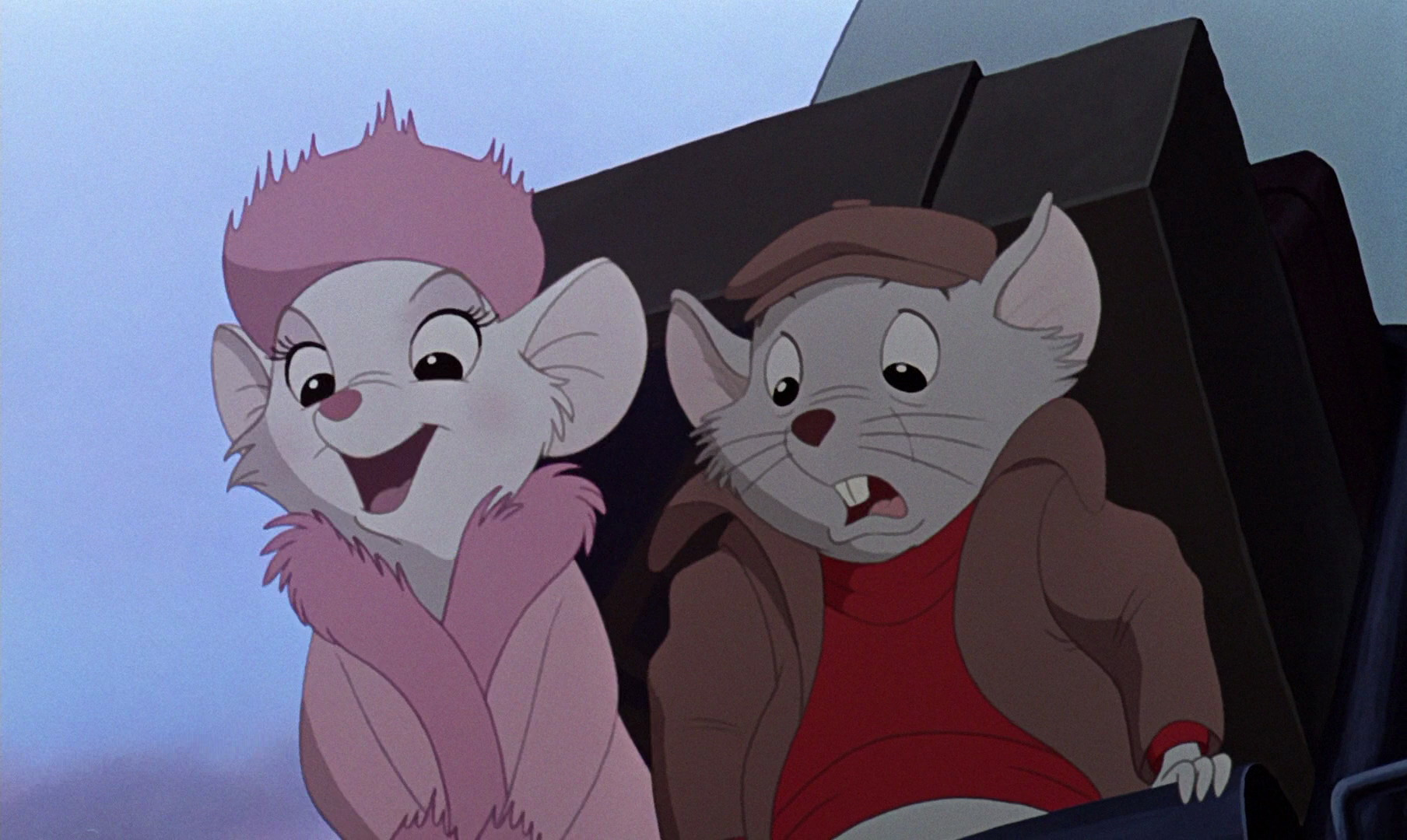
I haven’t brought up the score in my prior Disney Canon articles, but I feel it deserves a special mention here. Bruce Broughton wrote the score to The Rescuers Down Under, and may I be frank? He did an AMAZING job! He seems to have truly understood that the filmmakers intended to make an old-fashioned adventure film, for he tailored his score to fit that vibe. The score is big and brassy and loud (in a good way). It infuses the film with an extra sense of adventure!
What I find most special about The Rescuers Down Under is the old-fashioned, adventurous vibe. Whenever I watch the film, I feel exhilarated and entertained from beginning to end. It’s a fun roller-coaster ride of a movie, designed to give audiences an exciting adventure. It does so in spades. The Rescuers Down Under is an amazingly fun movie, full of zany humor and old-fashioned thrills.
As you’ve probably guessed, I feel it’s a little sad that The Rescuers Down Under isn’t usually discussed among other Disney Renaissance films. That’s understandable; after all, it’s an anomaly. However, even the quirky exceptions can be worth checking out! If you’ve never seen The Rescuers Down Under—or if it’s been a long time since you’ve seen it—it might be time to see it. I can almost guarantee that you’ll have a great time watching it!
What are your thoughts about The Rescuers Down Under? Tell us down below!
Edited by: Kelly Conley


